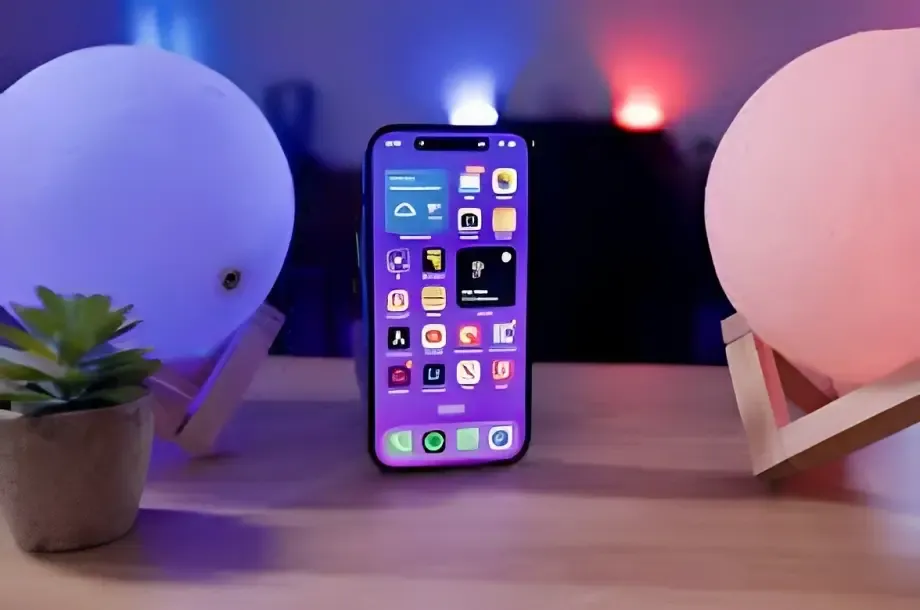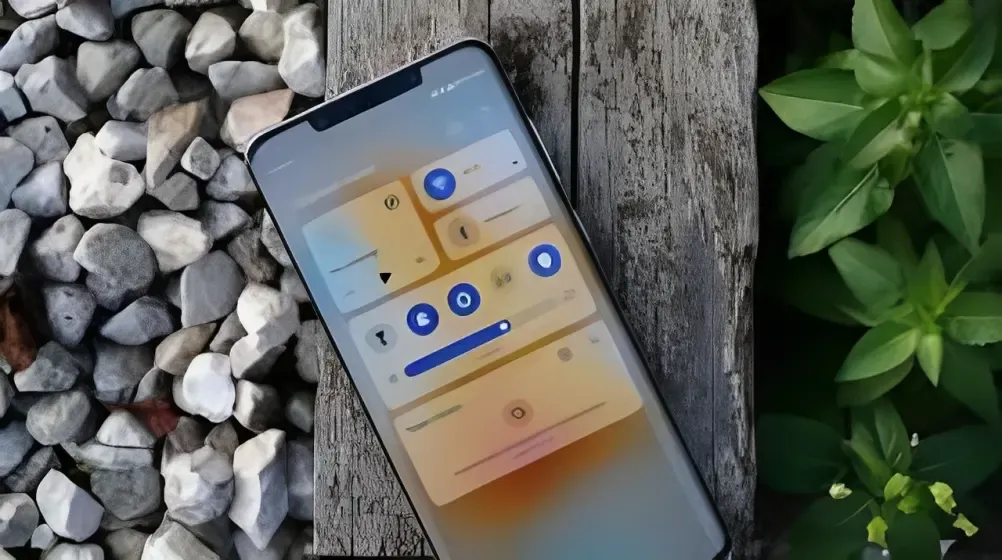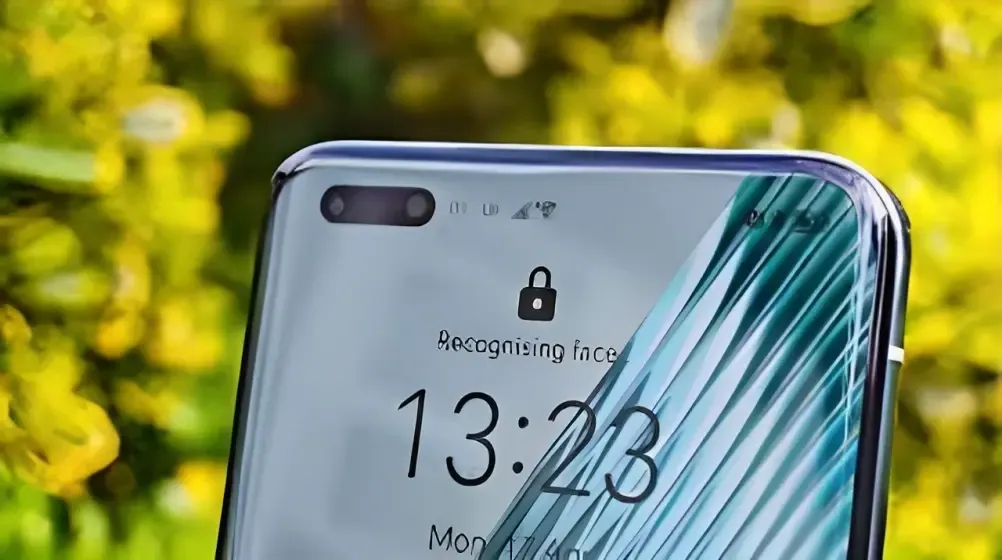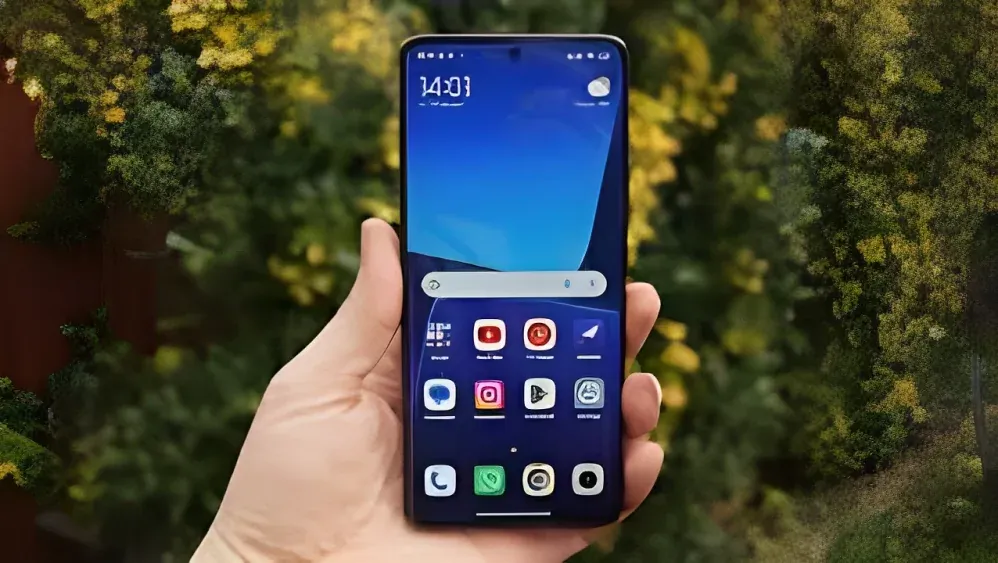We want to make your life easy, and we want you to spend less time looking for the best camera phones on the market. We have seen that many brands are up to date at the hardware level, but the main difference between the models is in the camera; more specifically, in post-processing via software. You will have seen that there are brands that use the same sensors, but the results are different. So, here you will find the best mobile phones for photography.
We talk to you about these phones, and you can see if there is a model that fits what you are looking for.
How to choose the best camera phone?
The first piece of advice is that you don't focus on the megapixels or get carried away by the "hype" that smartphone brands give it. Despite having its importance, it is not the only important section, but aspects such as the size and quality of the sensors are more important.
In recent years, brands have continued to increase the number of pixels and have also improved the native size of the pixels, which makes them capture more information, details, and light. If this in itself is good, the 4-in-1 pixel fusion technology (or pixel binning) makes it possible to achieve even better image quality.
1. Lense
The quality of the lenses is one of the most important aspects since they are responsible for bringing the light to the sensor in the best possible way. It depends on them whether more or less amount of light is lost and the distortion that this entails.
Depending on the type and shape of the lens, different fields of view (FOV) or wide angles are achieved by using an ultra-wide-angle lens with greater curvature. A larger image is achieved, but this can also cause distortion because the lens is not able to focus the light evenly across the entire image. Which is then usually corrected using software.
However, you will see that these lenses capture less image quality because manufacturers decide to prioritize the main lens since people capture fewer snapshots with wide angles. You will notice more noise in wide-angle photos taken at night because the lens is trying to capture more light from a wider area.
The focal aperture is the opening in the lens that controls how much light reaches the sensor. For night photography, a low value is important. However, those with a higher value, despite capturing less light, achieve greater image depth.
2. Type of cameras
It is always important to know what you want or use the most. At the beginning, there were few options, and we had to settle for only one type of camera. Today, the situation has changed, and the strange thing is not to find more than one camera and up to five, with the exception of the Google Pixel that continues to rely more on the software.
In this case, you have to know what type of camera you prefer to have:
• A wide-angle lens, which gives a large field of view for photographing landscapes.
• A telephoto camera, to zoom in on distant things.
• A camera with a macro lens, which captures tiny details of something small.
• Monochrome sensor (already obsolete, and was promoted by Huawei), if you want quality black and white photographs.
• A depth sensor, if you want a truly achieved bokeh or blur effect.
Do you want some advice? The truly interesting cameras are usually 3: main, wide angle, and macro. That is the priority that the main brands with the best mobile cameras have given. Obviously, the more, the better: if it comes with a telephoto lens and an optical zoom, it is a luxury.
Regarding the depth sensor, it has been greatly improved through artificial intelligence. Through software alone, we have seen very important improvements in brands like Google, OnePlus, Samsung, and Apple.
In this aspect, we are in one of the stages with the most options and versatility in smartphones. And not all of them provide great quality. It is better to ask for quality, at least that which we care to use.
Also Read: Samsung breaks language barriers with real time call translation
3. Stabilization, fps, AI, and other options
There are some other aspects to consider beyond sensors and lenses. Some can be known in advance, and others not unless one tries them or reads an analysis.
Stabilization has been one of the most important aspects for years to achieve videos with more professional finishes and with less chattering or movements that spoil the final result. We can find optical image stabilization or OIS, which will give a very good result because it is done using hardware.
Digital image stabilization or EIS, which is done using software in post-production, can give good results if the processor or optimization is up to par.
fps is a mainly important aspect if we want to record video. The higher the frame rate- the more images per second will be recorded, and the smoother and more fluid the final video will be. Before, it was normal to see recordings at 1080p at 30 fps, but in recent years, you can even record at 4K at 60 fps. The 8K still remains at 30.
Artificial intelligence, like the software that manages the app, is essential today to calculate the current scene, lighting, and other parameters that help improve the image. Each brand puts its AI through the roof, so this aspect can only be assessed in person or through an analysis.
Best Camera Phones
Let's stop talking and let's select the phones with the best camera on the market. The selected smartphones range from the mid-range to the highest range, and we focus only on their photography section because it is the one that interests you the most.
1. Google Pixel 6a
It is the most affordable option in this compilation, and we must tell you that Google has a significant impact on smartphone photography.
Google is so confident in its camera prowess that it opts for dual cameras only:
• 12 Mp main camera with Sony IMX363 Exmor RS sensor, CMOS BSI, f/1.7 aperture, and 1.40 µm pixel size.
• 12 Mp wide-angle camera (114º) with Sony IMX386 Exmor RS CMOS BIS sensor, f/2.2 aperture, and 1.25 µm pixel size.
• The recording is limited to 4K, but it does come with LAF autofocus, manual focus, touch autofocus (PDAF), as well as digital image stabilizers and OIS, such as 7x digital zoom.
2. Realme GT 2 Pro
We warn that not only it is one of the best phones with the best camera, but it is a very balanced proposal.
It offers 3 rear cameras:
• Main: 50 MP with Sony IMX766 CMOS sensor, f/1.8 aperture, 1.00 µm pixel size, 4-in-1 pixel binning (2×2)
• Ultra-wide: 50 MP with Samsung ISOCELL JN1 sensor, f/2.2 aperture, 0.64 µm pixel size, 4-in-1 pixel binning (2×2)
• Microscope: 2 MP with GC02M1 CMOS sensor, f/3.0 aperture, 1.75 µm pixel size
• The selfie camera is 32 Mpx with Sony IMX615 CMOS sensor , f/2.4 aperture, 0.8 µm pixel size and 4-in-1 pixel binning (2×2)
This realme GT 2 Pro is an option that should be on the table when we talk about the best cameras in smartphones, and the post-processing is carried out by the Snapdragon 8 Gen 1, which is a piece of SoC.
Without a doubt, it is a flagship killer.
3. Google Pixel 7
Piece of smartphone! We reviewed the Google Pixel 7, and we must say that Google has returned to its roots: a fair price and spectacular performance. Powered by the Google Tensor G2 and a 100% Google experience - no bloatware and finely tuned as always.
The rear camera is made up of 2 sensors:
• Main: 50 MP with Samsung GN1 Quad Bayer Octa PD type sensor, ISOCELL lens with f/1.85 aperture, and 1.20 µm pixel size. It lets you zoom in up to 8 times digitally, so you don't need a separate telephoto lens. It also boasts an 82° field of view and optical and digital stabilization.
• Wide-angle (114°): 12 MP with Sony IMX381 Exmor RS CMOS BSI 2 sensor and f/2.2 aperture.
• For selfies, you get the same setup as in the PRO version: a 10.8 MP Samsung S5K3J1 sensor with an f/2.2 aperture. Today, it is one of the best selfies you can find on the market.
It is true that its wide angle could have a wider FOV, but we have a mobile phone with the best camera in its price range: between $500 and $600.
Also Read: Where and how to find archive folder in gmail and outlook
4. Google Pixel 7 Pro
If you are looking for a mobile phone with the best possible camera for less than $900, the Pixel 7 Pro is your model, and you don't need to look any further. Interestingly, it has a higher resolution than usual (3120 x 1440 pixels), the same processor as the one before, and 12 GB LPDDR5.
you will see that this one does come with a triple rear camera:
• Main, the same as the Pixel 7.
• "Ultra" Wide Angle , which gives 12 Mpx, an FOV of 125.8º and an aperture of f/2.2.
• Telephoto lens with 48 Mpx through the Samsung S5KGM1 ISOCELL with an optical and digital zoom of up to 30x with f/3.5 aperture and 1/2″ pixel size.
It comes with the trusted LAF , PDAF and optical and digital image stabilizers, but don't forget that a great strength of the Pixel is its camera application. The front camera is 10.8 Mpx with the Samsung S5K3J1 ISOCELL sensor , along with f/2.2 aperture and 1.22 µm pixel size.
5. Apple iPhone 14 Pro
Apple continues to hold its own in the smartphone camera game, despite some naysayers.
The triple rear camera of this smartphone is made up of:
• 48 Mp main with Sony IMX803 CMOS sensor, f/1.78 aperture, and 1.22 µm pixel size along with pixel binning 1-4 (2×2).
• 12 Mp (120º) wide-angle with Sony IMX633 CMOS sensor, f/2.2 aperture, and 1.40 µm pixel size.
• 12 Mp telephoto lens with Sony IMX663 CMOS sensor, f/3.5 aperture, and 0.95 µm pixel size.
We will have 6x optical zoom, 15x digital zoom, 4K Dolby Vision at 60 FPS, and outstanding video stabilization. It obtains the maximum score in portraits and video, being specialties of the house. Regarding the front camera, we will have 12 Mp through the Sony IMX714 CMOS sensor with f/1.9 aperture.
6. Huawei Mate 50 Pro
Huawei observed that photography is the great differentiating element of smartphones, so it invested a lot of money in innovation to stand out in it. The Mate range is the brand's highest, designed to rival Samsung's Note (although the brand has abandoned them).
This Chinese brand began to get among the best smartphone cameras since the Huawei P10 (2017) and P20 Pro (2018), along with its Mate. Before moving on to its cameras, let me tell you that it comes with EMUI 13: without Google services pre-installed. However, it can be sideloaded onto the device. For all other aspects, it is an outstanding device.
Triple rear camera for the Huawei Mate 50 Pro, composed of:
• 50 Mp main with Sony IMX766 CMOS sensor, f/1.4-4.0 aperture, 1 µm pixel size, and pixel binning 1-4 (2×2).
• 12 Mp wide angle with Sony IMX688 CMOS sensor and f/2.2 aperture.
• 64 Mp telephoto lens with Sony IMX642 CMOS sensor, with f/3.5 aperture and 0.8 µm pixel size.
Do you want to know cool things?
• We will have 100x digital zoom and 3.5x optical zoom, with OIS on the telephoto lens.
• We will have CDAF, Contrast Detection AutoFocus.
• Varied approaches (LAF, manual, touch).
• Laser AF.
• Slow Motion at 240 fps.
• Wide angle with few Mpx, but with really good quality,
What if we told you that it has a dual-lens front camera?
• Main with 13 Mpx and an f/2.4 aperture.
• Second camera with 3D Depth.
• You can record video in 4K with the front camera.
• You can also do Time-Lapse, panoramic shots, and wide-angle shots.
7. HONOR Magic5 Pro
The HONOR Magic5 Pro has really impressed critics with one of the best cameras on a mobile phone. Talking about the lenses, it's worth mentioning that Zeiss is the one behind them.
We have to admit that it was difficult for us to make the decision to include this device in this compilation because we were hesitating between HONOR Magic5 Pro or vivo X90 Pro. Based on our experience, and despite any criticism, we have opted for the HONOR.
4 rear sensors!
• 50 Mp main with Sony IMX878 CMOS sensor, f/1.6 aperture, 1.40µm pixel size, and Pixel Binning 1-4 (2×2).
• 50 Mp wide-angle + macro with Omnivision OV64B CMOS sensor with f/2.0 aperture and 0.70µm pixel size.
• 50 Mp telephoto + portrait lens with Sony IMX858 CMOS sensor (same as the main one) with f/3.0 aperture, 0.64 µm pixel size, and Pixel Binning 1-4 (2×2).
• 0.3 Mp 3D ToF sensor (very interesting).
• The front-facing camera consists of a 12 MP sensor with f/2.4 and 1.22 µm aperture, along with a 3D ToF sensor.
Things about these cameras?
• 4K at 60 FPS with tremendous quality.
• The wide-angle can record at 4K and has 122º.
• The telephoto lens comes with PDAF(phase detection autofocus) & OIS.
• 100x digital zoom.
• 3.5x optical zoom.
• Slow Motion at 960 fps.
• One of the best portrait & zoom on the market.
• Spectacular performance at night.
Its price is slightly higher than that of the Huawei Mate 50 Pro.
8. Xiaomi 13 Pro 5G
We are here to compile the best smartphone cameras, and we have to say that Xiaomi has an important role here.
While on the Honor, it was Zeiss that took care of the lens, Xiaomi has partnered with Leica for the same.
Beforehand, I must say that this smartphone is not only for photography lovers, but it also has a great WQHD+ screen, the best SoC at its output, and the best photographic sensors so far.
Xiaomi has 3 rear cameras:
• 50 Mp main with Sony IMX989 CMOS sensor, f/1.9 aperture, and 1.60 µm pixel size, with Pixel Binning 1-4 (2×2).
• 50 Mp wide-angle with Samsung S5KJN1 ISOCELL sensor, f/2.2 aperture, 0.64 µm pixel size, and Pixel Binning (2×2).
• 50 Mp telephoto lens with Samsung S5KGM1 sensor, f/2.2 aperture, 0.64 µm pixel size, and Pixel Binning (2×2).
It concentrates the entire front camera on a 32 Mp Omnivision OV32C PureCel sensor with f/2.0 aperture, 0.70 µm pixel size, and Pixel Binning (2×2).
The most interesting details are:
• 3 rear sensors with 50 Mp, 2 of them being the same, but used for wide-angle and telephoto.
• 115º angle grain.
• The telephoto lens comes with OIS.
• Flicker sensor and Gimbal (like GoPro).
• Digital and optical zoom.
It is true that its autofocus can be improved, and its portrait is not the best (my personal opinion), but they are two aspects that are not widely used on a daily basis.
There is no doubt that it has a high price, but we must be objective when it comes to photography.
9. Samsung Galaxy S23 Ultra
Don't worry; we hadn't forgotten Samsung. As we write this compilation, the best model, as far as the Korean brand is concerned, is the Samsung Galaxy S23 Ultra.
If you were looking for one of the best camera mobiles, here you have an extremely strong candidate.
Samsung also relies on 4 sensors that offer us all types of cameras:
• 200 Mp main with Samsung ISOCELL HP1 f/1.7 sensor, 0.64 µm pixel size, and Pixel binning.
• 12.2 Mp wide angle with Sony IMX564 CMOS sensor, f/2.2, and 1.40 µm.
• 10 Mp telephoto + portrait lens with f/2.4 and 1.12 µm aperture.
• 10 Mp telephoto lens with f/4.9 and 1.12 µm aperture.
We should highlight its optical zoom, which goes up to 10x, and the digital zoom, reaching an incredible 100x. Honestly, you have EVERYTHING in terms of the camera. Then, you have a 12 Mp front camera with Samsung S5K3LU ISOCELL sensor with f/2.2 aperture.
Within its price range, it ranks in the TOP 9 of the best smartphone cameras, directly rivaling the Apple iPhone 14 Pro.
Conclusions
We have presented options for different budgets, but if we aim for the best smartphone photography... we must venture into the high-end. This entails spending more than $500 on a smartphone, a budget that not everyone is willing to invest.
We hope this guide helped you find the best camera phones, and the rest is up to you. Choose the one you believe satisfies your needs, and we don't want you to regret your purchase. If you feel good after reading this, please share it with your friends who may be going through the same confusion.
FAQ
1. What phone under $500 has the best camera?
Our recommendation for the best camera phone under $500 is the Google Pixel 7 and Pixel 7A.
2. Which current phone has the best camera quality?
The current best camera phones are those two we have already listed above. Here we go again:
• Samsung galaxy s23 ultra
• Google pixel 6A
3. Which phone camera can beat DSLR?
The upcoming Samsung S24 will be the toughest competition for DSLRs, and it might even surpass them in terms of photography.
4. which mid range phone has the best camera?
• Google Pixel 7a - $449
• Samsung Galaxy A53 5G - $399
• OnePlus Nord 2T - $349
• Xiaomi 12S - $499


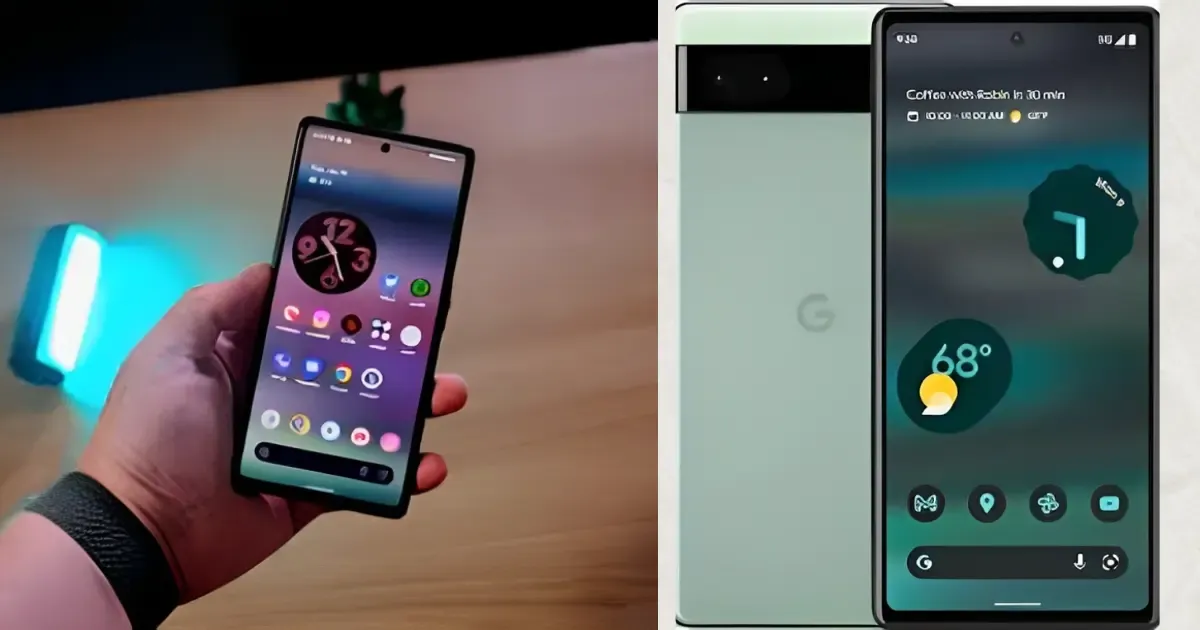
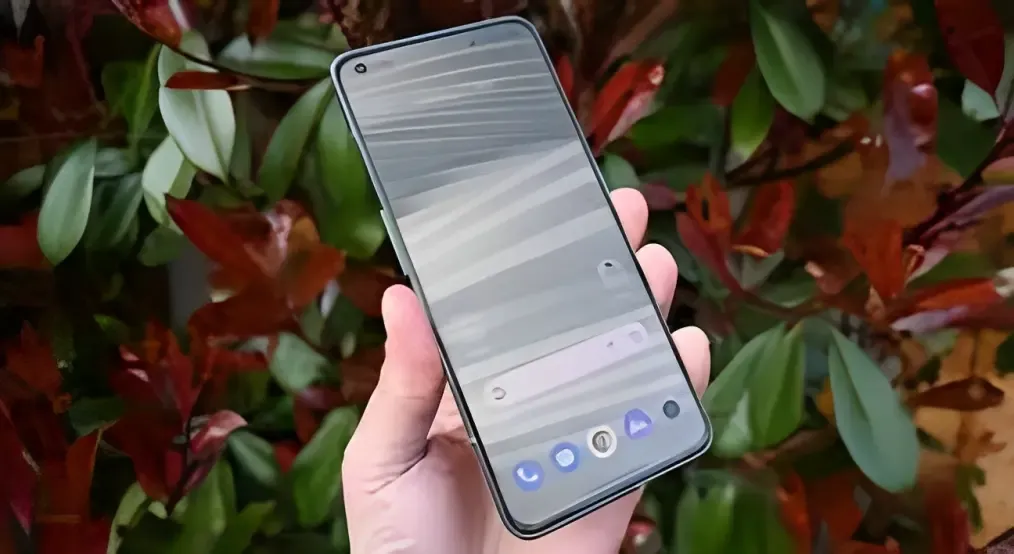
%20(2)%20(1).webp)
%20(4).webp)
